Review for Michael
Carl Theodor Dreyer is one of those director’s whose name is forever bonded with his classic ‘The Passion of Joan of Arc’ (La Passion de Jeanne d'Arc) , his silent masterpiece from 1928; a film consistently in the BFI’s top ten greatest films of all time. But of course, it wasn’t the only film he made. ‘Michael’, perhaps over-shadowed by his silent pre-Hollywood masterpiece, was made some four years earlier and is a curious film in both its subject matter (a painter’s obsession with his male muse) and its approach.
Based on fellow Dane, Herman Bang’s book of the same name, first published in 1902, which was loosely based on the life of Auguste Rodin, it features a host of other well-respected film-makers, including Benjamin Christensen in the lead role. It seems switching between technical duties, like cinematography and acting was not uncommon in these early days for cinema.
Claude Zoret (Benjamin Christensen, director of ‘Haxan’) is a famous and enigmatic artist – a great sculptor and painter. When he’s approached by Michael (Walter Slezak), a young artist keen to learn first-hand from the master, he rejects him as a student but then asks him to become his assistant and model. Despite the enormous difference in their ages, it is clear the older artist is besotted with his new muse.
As is the way with such affairs, when a ‘princess’ (Nora Gregor) visits the artist’s home in hope of having her portrait painted, Michael falls in love and before long, he and Claude drift apart as he finds new love with the Countess.
It transpires that she is bankrupt and, with the young Michael now completely under her spell, she persuades him to steal from his old mentor.
The gay references, whilst never quite overt, are clearly signposted throughout and the film serves as a reminder that such tolerance was not invented in the 21st Century. Indeed, the film suggests that such relations were common and understood in Germany in the 1920s – echoed perhaps by Christopher Isherwood’s accounts of his (and Auden’s) adventures in pre-war Berlin.
The film was adapted to screenplay by Dreyer in collaboration with Thea von Harbou, the wife of Fritz Lang and co-author of screenplays for many of Lang’s best works including Metropolis, Das Testament Des Dr. Mabuse and M.
Whilst the film is, to some degree a heightened melodrama, with plenty of plot twists and affairs, there remains a core theme which is how great art if driven by love. In fact, there is one memorable scene where Claude is tortured by his inability to accurately paint the Countesses’ eyes for her portrait. When Michael steps in and finishes them, with a few deft strokes of the brush, it is clear that he is only able to do so through love. The scene is particularly poignant because it also the moment when Claude realises that he has lost Michael to another.
Without wishing to spoil the film (look away now) its moving conclusion, when Claude proclaims, ‘Now I may die content, for I have seen great love’, somehow summarises the whole theme of the film.
From a cinematic perspective, the film is notable for its portrait close up highlights, where the extreme close ups on faces are lit up against a darkened background to help emphasise facial expression. This certainly does that, but also lends the film a stylised look which sets it firmly back in the silent era. It’s an approach that he perfected in ‘Joan of Arc’ where it was used to devastating emotion effect.
The sets are incredibly dramatic. Large, cavernous rooms, largely empty bar a few giant props, made up, for the most part, by sculptures and paintings. They look impressive to this day; almost 100 years on.
The all-new 2K, restored transfer is virtually flawless – very impressive given its age. The score is a mostly simplistic one, using solo piano and clarinet for the most part (composed by Pierre Oser) and works well most the time, though was, for me, fairly unremarkable in terms of reflecting the key emotions.
The disc comes with some top notch contextual extras including an audio interview with Dreyer from 1965, with some mention of the film, as well as an excellent audio commentary (which I only briefly listened to but will return to soon) by Casper Tybjerg. Perhaps best of all is a video essay by David Cairns. He is so great at these; getting right to the heart of a film in a very few well chosen words and observations – essential for any film students watching the film and perfectly interesting for casual viewers like the rest of us too.
Also included is a collector’s booklet which features the original Danish programme, a brand new essay on the film from Philip Kemp, critic and film academic; a reprint of Nick Wrigley’s essay from the previous DVD release; and a aa couple of archival pieces from Tom Milne (‘The World Inside, 1971) and Jean Renoir (‘Dreyer’s Sin’, 1968) respectively.
‘Michael’ may not be Dreyer’s masterpiece but it has many of the key ingredients that gave his later work such individualistic character. It’s also notable as an early film dealing with issues of homosexuality. This edition is unarguably top-tier and if silent classics, particularly from Pre-war Germany, float your boat then you’ll want to pick yourself up a copy asap.
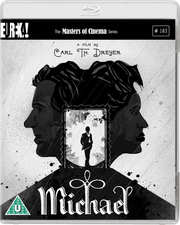
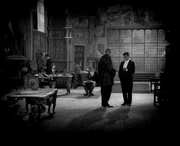
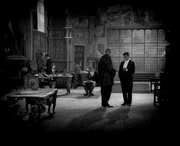
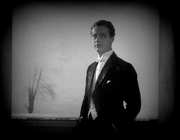
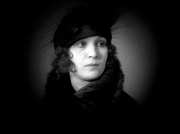
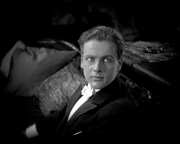
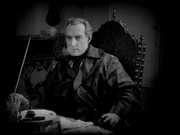
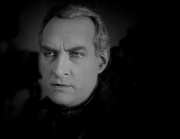

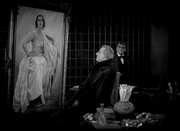
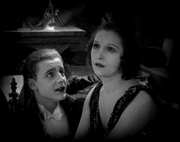
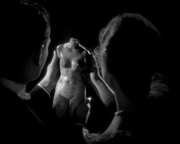
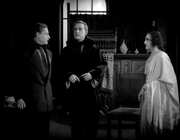
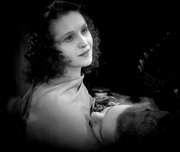
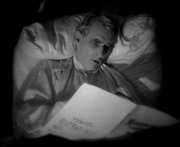

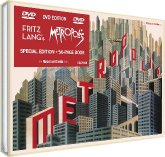








































Your Opinions and Comments
Be the first to post a comment!